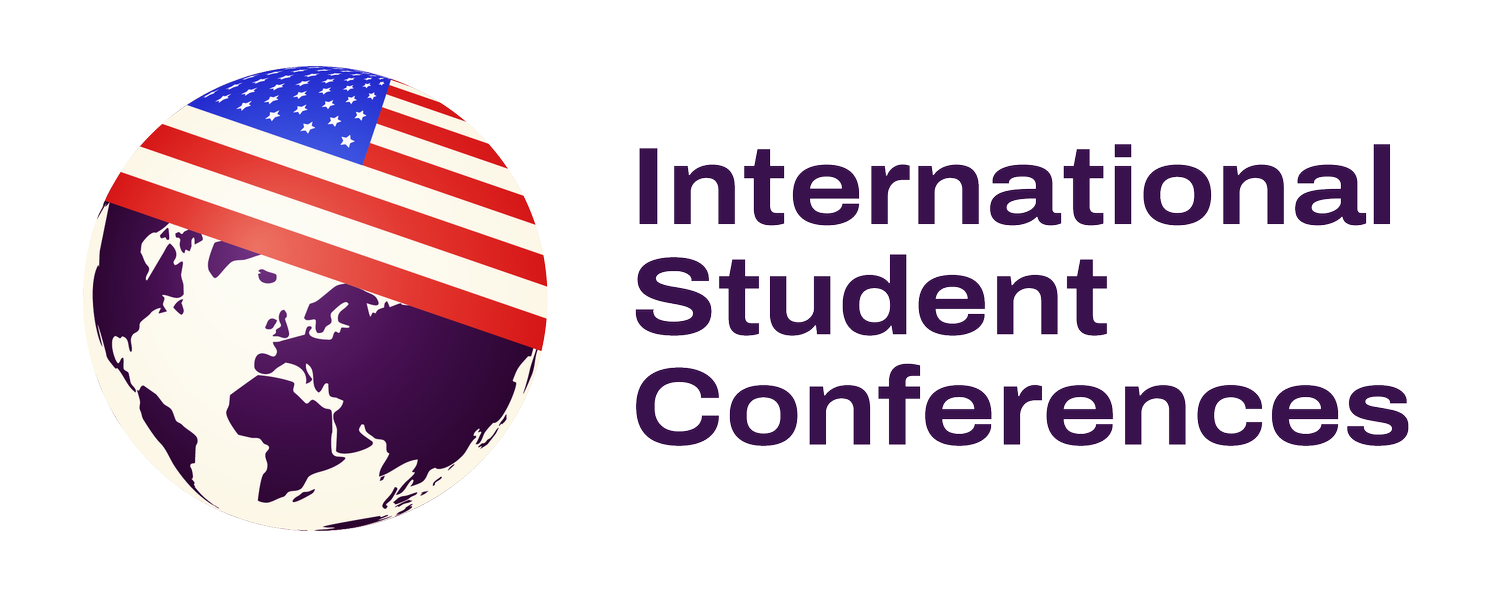ChASC 2: When Hybrid Meant Compromise
July 29 – August 9, 2022. San Francisco, Berkeley, and Virtual.
The 2nd China-America Student Conference faced an identity crisis before it began: should it be in-person or virtual? The Executive Committee chose both, creating a hybrid format that tried to satisfy everyone but fully satisfied no one.
Twelve participants — split between Chinese and American students — spent 13 days partly together, partly apart. Four people (two ECs, two delegates) met in San Francisco and Berkeley. Eight participated virtually. Every evening, the in-person group joined their virtual counterparts on Zoom for three to six hours of programming.
The theme "和而不同: Differences are not intended to separate, to alienate. We are different precisely in order to realize our need of one another" combined Confucius with Desmond Tutu. The logo showed Chinese and American flags as interlocking puzzle pieces — individual existence as part of a whole.
The Split Experience
In-person delegates explored the Bay Area's culturally significant sites: the Asian Art Museum, Asian Cultural Center, Chinatown, and the Chinese Historical Society. They visited the Guo Pei: Couture Fantasy exhibition at the Legion of Honor Museum — the most highly attended fashion exhibition there since 2011. They worked at Alemany Farm, San Francisco's largest agricultural site, learning where food comes from.
Virtual delegates experienced these through tours and descriptions, then joined evening sessions with speakers from various academic fields. Matthew Chitwood shared stories from fifteen years in China, focusing on two years in Bangdong, a remote Yunnan village of 350 tea farmers. Delegates gained insight into anthropological factors fueling economics, politics, and rural development.
Other speakers addressed multilateralism across China and U.S. regions, the Abe Doctrine's trajectory and legacy, connecting Chinese-American communities, and international bridge-building. These sessions happened for everyone simultaneously — the one programming element was fully shared.
Nine Roundtable Topics
ChASC 2 introduced an ambitious nine RT themes:
Finance, economics, and fiscal reform
Minorities and the legal system, mixed-race Chinese experience, BLM, and AAPI hate
Media, documentary-making, LGBTQIA+ experience, and community
Tech policy, privacy, journalism, and human rights
Healthcare, wellness, COVID-19, and Chinese medicine
Chinese history from Qing Dynasty to the present
American and Chinese diplomacy
Religion and faith in China and America
Tech incubation, business, and corporate strategy in China and America
With twelve participants and nine topics, RT groups were tiny — sometimes individual projects rather than collaborative research. Delegates worked throughout the conference, presenting at the Final Forum on projects synthesizing programming and exploring key bilateral issues through their RT lens.
What Hybrid Revealed
The hybrid format provided flexibility for speakers from different time zones and locations. It made ChASC accessible to students who couldn't travel. It demonstrated that some meaningful exchange can happen virtually.
But it also created two-tiered participation. In-person delegates bonded through shared physical experience — walking San Francisco streets together, working side-by-side at the farm, spontaneous conversations over meals. Virtual delegates connected through screens, experiencing cultural sites secondhand, joining exhausted in-person participants for evening sessions after they'd already spent full days together.
Pre- and post-speaker discussions allowed all participants to share perspectives on programming. These conversations attempted to create cohesion across the format divide. But there's no escaping that four people had a fundamentally different conference experience than eight people — not better or worse necessarily, but different in ways that shaped relationship formation.
The Honest Reality
ChASC 2 represented early experimentation with a young conference still finding its identity. The hybrid format was pragmatic response to pandemic uncertainty and delegate interest in virtual options. Nine RT topics reflected an ambition to cover the full scope of U.S.-China relations. The theme emphasized unity despite differences.
What actually happened: twelve students engaged seriously with bilateral relations under challenging circumstances. They heard from exceptional speakers. They conducted research. They formed connections across the Pacific. But the conference couldn't fully resolve the tension between in-person intimacy and virtual accessibility.
Delegates from twelve universities brought diverse academic backgrounds: Chinese studies, data science, economics, environmental policy, genetics, global affairs, international politics, neuroscience, peace studies, and psychology. This diversity enriched discussions even as small RT groups limited collaborative depth.
The Final Forum presentations demonstrated what students could accomplish in 13 days — synthesis of complex programming, original analysis of bilateral issues, and proposals grounded in both Chinese and American perspectives.
What ChASC 2 Proved
A second annual conference proves viability. ChASC wasn't a one-time experiment — it was becoming a tradition. The hybrid format showed adaptability. The ambitious RT topics demonstrated a willingness to tackle the full complexity of U.S.-China relations, not just comfortable subjects.
But ChASC 2 also clarified that hybrid formats create inherent inequalities in participant experience, that virtual programming can't fully replace physical presence, and that small conferences gain intimacy but sacrifice the critical mass needed for robust RT discussions.
That's what second conferences do: they test what worked, experiment with new approaches, and clarify what requires rethinking before the third iteration.
Interested in joining the next China-America Student Conference? Click here to learn more and apply.

